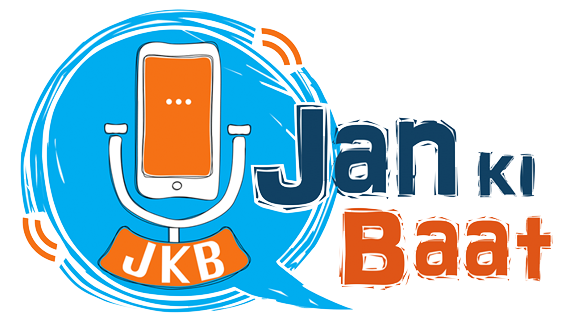RSS cadre strength was assessed to be nearly 150000 spread among various age groups across the country.
During WW II when the British government initiated the recruitment drive for the army from among the Indians, RSS rejected this outlook outright.
Sangh’s decision to participate in the Civil Disobedience Movement erased the government’s delusions that it was the tail of the Hindu Mahasabha and CP.
Sangh’s anti-British stance invited the suppression by an infuriated government.
After the 2 day discussion on the ideology, organisation and the role of RSS on March 7-8, 1934, the government was completely isolated and failed to prove the RSS involvement in the communal activities.
On August 5, 1940, under the Defence of India Rules, the central government promulgated an ordinance prohibiting drills, use of uniforms and exercises.
RSS participation in the Quit India Movement was the proverbial last straw for the British rulers.
RSS cadre dominated the Congress processions and attacked police stations.
Those hanged and awarded life imprisonment were mostly RSS volunteers.
RSS and INA had common sentiments.
RSS volunteers had infiltrated into various departments of the government.
RSS participation in the Gandhian Movement did not annihilate its instinct and ambition to overthrow colonial rule by armed revolution.
The Sangh’s weakness is not its absence from the freedom movement, but a lack of intellectual rigour among its own academics.
